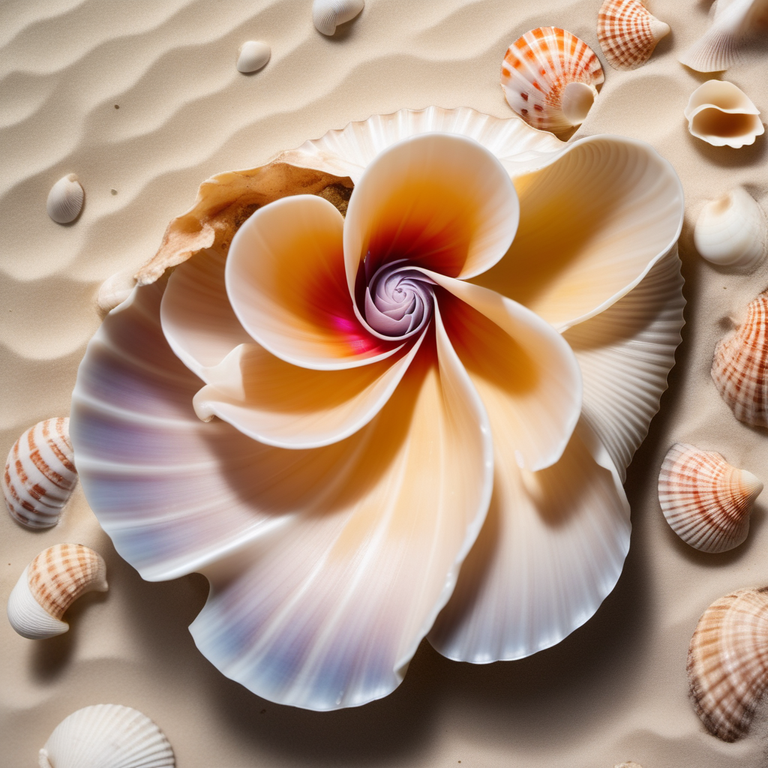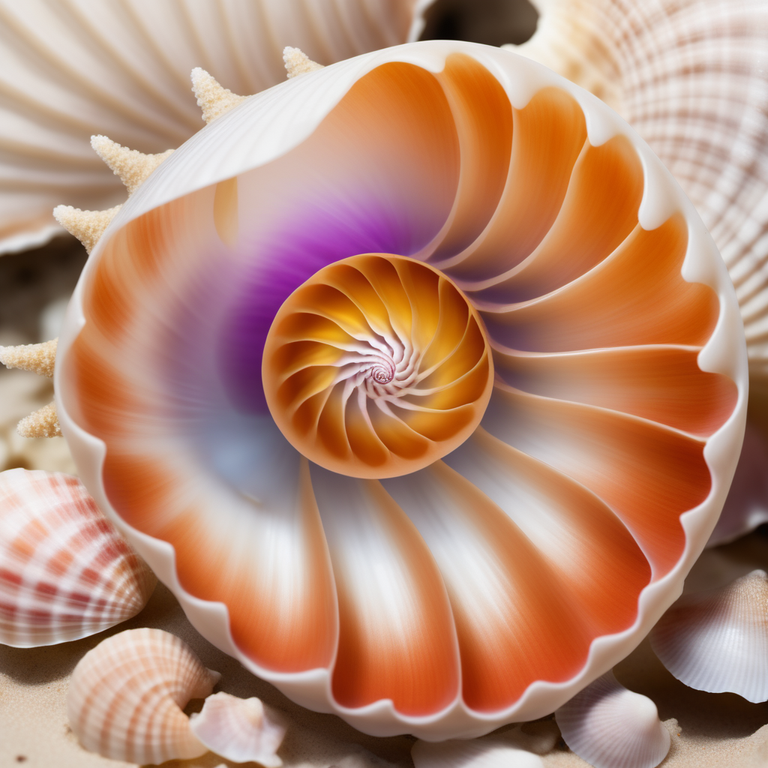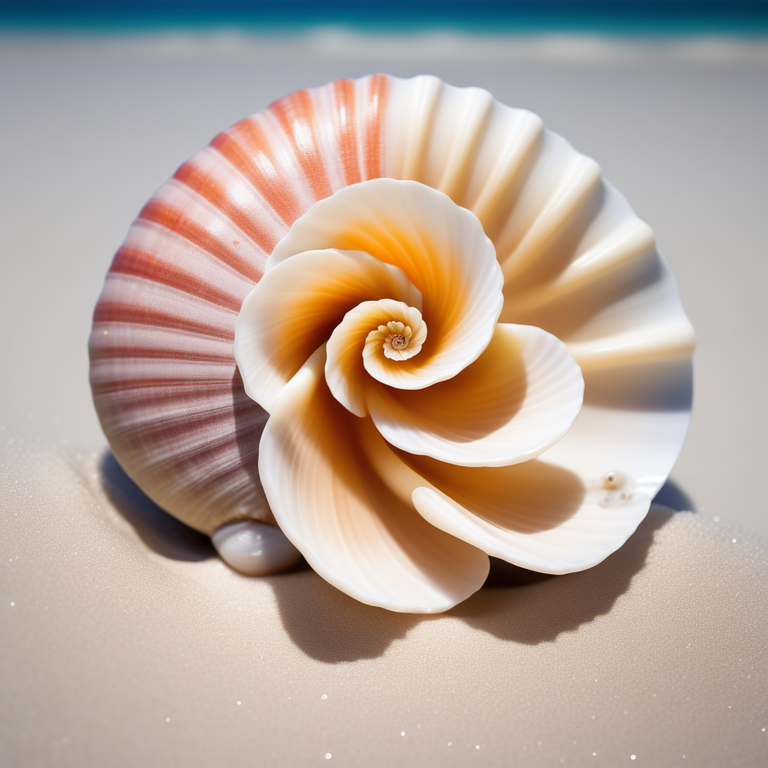Imagine if one day, on his wedding anniversary, a man gave his wife a necklace made of seashells as a gift. How do you think the wife would react? Now, imagine if he came home with a gold necklace and a diamond pendant. Would her reaction differ? Probably. Today, in many cultures, we place greater value in precious metals and stones, but in the past, seashells were greatly prized around the world. They were traded in the Americas, not just among the native tribes but also early colonial tradespeople who used them in goods like wampum belts (Fagan, 1997). Shells were traded in the Mediterranean and across Europe. In East Africa, chiefs demonstrated their prestige by wearing necklaces made of seashells. Dr. Livingston (yes, him) noted in 1855 that two Conus shells could buy you a slave or a couple of elephant tusks (Fagan, 1997). In a variety of cultures across the world, seashells played a significant role in the exchange of goods and services.


Anthropologist Karl F. Rambo (1989) conducted some fieldwork among the Simbu (or Chimbu) people of Papua New Guinea from 1985-87, during which he learned more about their economic system, and the changes it had undergone since the arrival of the Europeans. Seashells used to play an important role in this system prior to the introduction of the new European-derived monetary system. At the time of his fieldwork, Rambo (1989) noted that the culture was undergoing a radical change in the way they conducted economic transactions. The global financial system was expanding rapidly, and has much more since then, touching almost every corner of the world. By the 1980s, the Simbu had adopted the new trade system, selling their products and labor for money, connecting them to that common denominator that had brought together many cultures around the world.
In modern times, the beautiful pearl shells that used to be prized so greatly could be bought for US $5 in local markets. Prior to the arrival of Europeans, the Simbu lived primarily in the highlands of Papa New Guinea. Far from the sea, they did not have a close source for seashells, and this scarcity, along with their aesthetic appeal, made the shells highly sought after. According to Rambo (1989), the items had to travel hundreds of kilometers before they made into the hands of the Simbu. Some of the people believed the shells actually grew on trees, so far removed from their source they were. The beautiful items were an integral component of their economic system, which centered around the exchange of gifts during important ceremonies such as marriage, funeral, bride acquisition, and harvest season (Rambo, 1989).


The exchange of goods and services in Simbu culture differed in several respects to the barter and trade systems found in the rest of the world. For example, a good or service was not to be traded for another good or service to maximize profit. Instead, gifts were given during the ceremonies amongst various clans. The giver gained respect and social standing by giving as much as he had received before, and adding a bit more. The culture is patrilineal, so I use ‘he’, but women played a very important role in this exchange. So, two things stand out in this economic system: 1) the aim of the gift exchange among the Simbu was not material success per se but prestige (political, economic, and social) in the community, and 2) unlike a modern trade system, the relationships between the ‘transactors’ was important because the receiver was obligated to reciprocate with a similar or better gift in a future ceremonial exchange (Rambo, 1989).

When they first encountered Australians, the natives of the area expressed their astonishment with the word Simbu or Chimbu- hence the name. As Rambo (1989) tells it, the Simbu thought the pale Europeans were the ghosts of dead relatives, an idea that was not only emphasized by the color of their skin but the large amounts of seashells the newly-arrived Europeans possessed. After the second world war, the interaction between the Simbu and the Australians increased, and soon, the foreign economic trade system based on monetary transactions began to be incorporated into the Simbu culture. Coffee became a cash crop and with its trade came the exchange of cash and importation of foreign goods, which the Simbu valued because of their utility and novelty (Rambo, 1989). Soon, the old economic system blended with the new one and seashells lost their former value.

The era of European exploration and colonization brought with it many changes to the world, including the adoption of a common way of exchanging goods and services with money. It opened up new opportunities, but it also created many problems such as economic stratification and loss of financial independence (Rambo, 1989). The Simbu managed to attenuate some of these problems because they did not completely give up their ceremonial gift exchange. While seashells, feathers, and locally grown products gave way to money, beer, cooking pots, and other imported goods, the manner in which they exchanged gifts remained a part of their culture. For instance, as of publication of the article in 1989, the Simbu wrapped bamboo poles with money and then distributed among the ceremony participants. Another example related by Rambo (1989) demonstrates how the two systems can sometimes clash. He describes how when starting a small business, a budding entrepreneur may get help from the community. Once the business is established, he’s expected to return the favor in kind by providing free goods and services to the community, even if this leads to the ruination of his business. When the business is dismantled, the goods are distributed around the community, and the entrepreneur gains social prestige, like in the old days. So the aim of the enterprise was not maximizing profits but relationships. Although the author points out that successful businesses do exist, they are few in number at the time of his fieldwork. This may be different now in 2023 when globalization is truly embedded in the fabrics of most of our cultures.
I generated the seashell art using stable diffusion with the combination of seashell and flower prompt. I hope you enjoyed them!

Resources
Fagan, Brian Murray. In the Beginning : an Introduction to Archaeology. 9th edition New York: The Lindbriar Corporation, 1997
Rambo, Karl F. (1989). From Shells to Money: Ceremonial exchange among the Simbu of Papua New Guinea. The World & I, pp. 645-653.

Images generated by @litguru using Stable Diffusion software